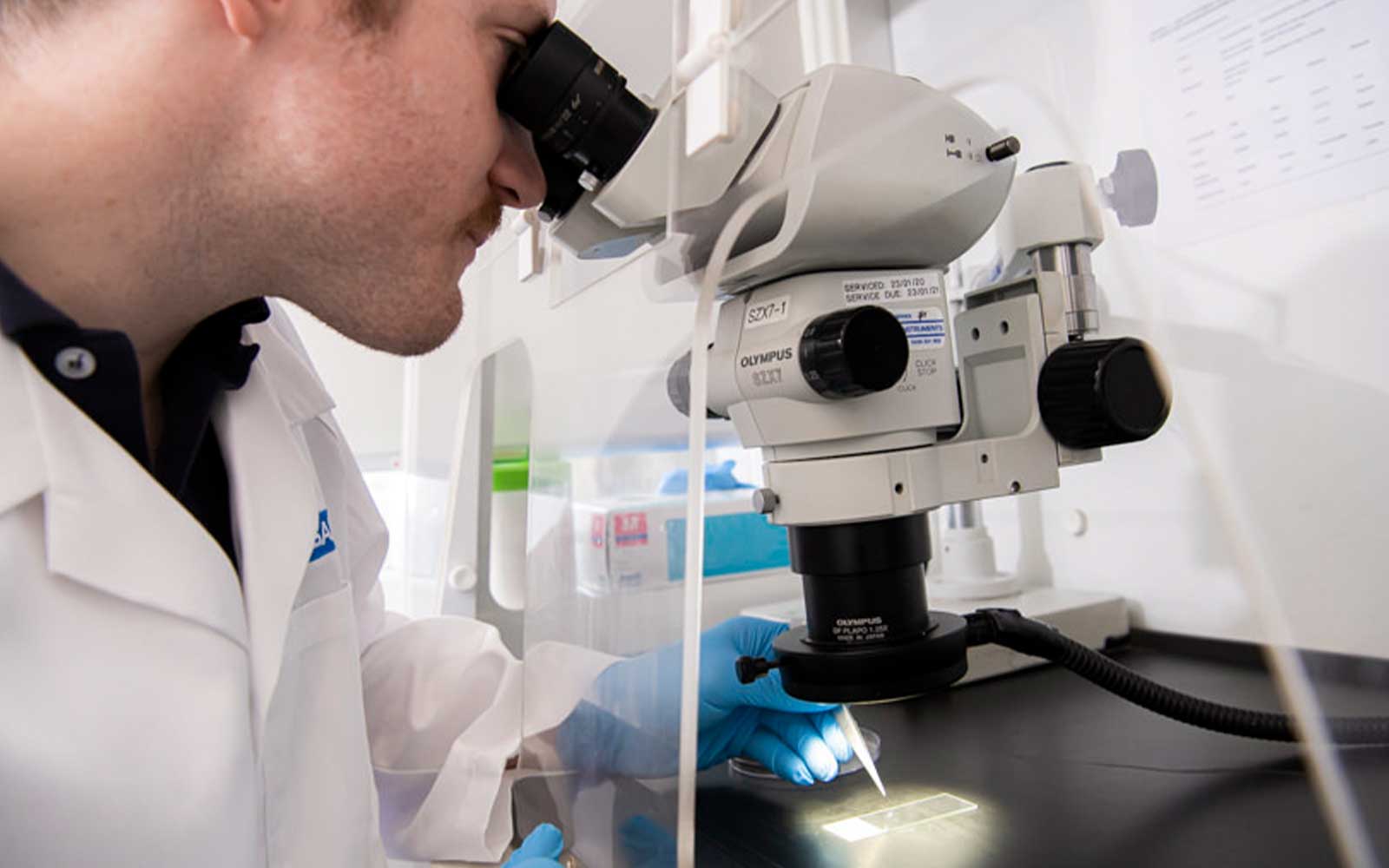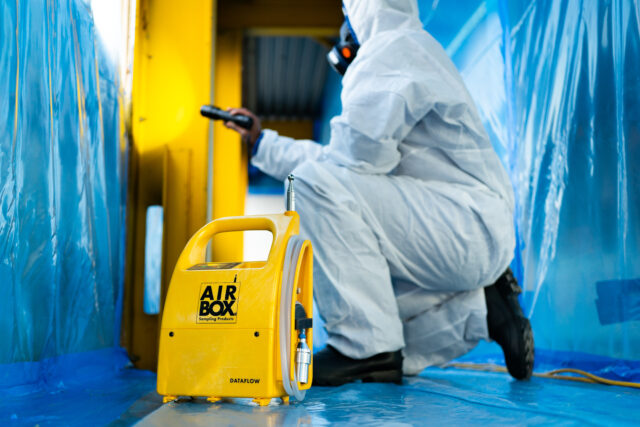Your Guide to Effective Asbestos Checking Procedures
Asbestos testing procedures are an essential part of making certain the security of indoor atmospheres, especially in older buildings where this hazardous product may be existing. The possible health threats associated with asbestos direct exposure make it imperative to approach screening with precision and thoroughness.
Recognizing Asbestos and Its Risks
Asbestos, a normally happening mineral understood for its warm resistance and durability, postures extreme wellness threats when its fibers are inhaled or ingested. asbestos survey. Direct exposure to asbestos can bring about major health problems such as lung cancer cells, mesothelioma, and asbestosis. In spite of its beneficial residential properties, asbestos has actually been widely prohibited in many nations due to the tried and tested link between asbestos direct exposure and these serious conditions
The risk exists in the tiny fibers that can easily end up being airborne when asbestos-containing materials are disrupted or harmed. As soon as inhaled, these fibers can end up being lodged in the lungs, creating swelling and scarring in time. The latency duration between exposure to asbestos and the growth of associated illness can span a number of years, making early discovery and avoidance important.
Asbestos was frequently utilized in construction products, insulation, and vehicle components before its health threats were totally understood. Today, proper screening and removal of asbestos-containing products are necessary to shield people from the threats connected with asbestos exposure.
Identifying Potential Asbestos Materials
The recognition of prospective asbestos materials is an essential action in making sure the security of people revealed to hazardous materials in numerous settings. Asbestos can be located in a large range of building products, consisting of but not restricted to insulation, ceiling ceramic tiles, flooring tiles, cement sheets, and roof tiles - Asbestos Air Sampling. Determining these materials accurately is necessary to properly handling the dangers linked with asbestos direct exposure

In cases where visual inspection is inconclusive, samples of thought materials can be collected and sent to certified laboratories for testing. These research laboratories employ specialized strategies such as polarized light microscopy or transmission electron microscopy to precisely determine the visibility of asbestos fibers in the examples. By adhering to rigorous identification procedures, people can efficiently alleviate the threats connected with asbestos exposure.
Selecting the Right Screening Method
Recognition of possible asbestos materials plays a critical function in determining the proper screening technique for accurate asbestos fiber detection. There are two primary techniques for asbestos testing: polarized light microscopy (PLM) and transmission electron microscopy (TEM) It is important to consult with certified asbestos testing professionals to identify the most suitable approach for your specific screening demands.
Performing Sample Collection Safely
When accumulating examples for asbestos screening, focusing on precaution is vital to decrease possible direct exposure risks. Asbestos fibers are hazardous when disturbed, making it crucial to follow appropriate safety and security procedures during example collection - testing asbestos near me. Prior to starting the sampling process, guarantee that you are outfitted with individual protective equipment (PPE) such as non reusable coveralls, goggles, masks, and handwear covers to avoid breathing or call with asbestos fibers
It is vital to wet the sampling location utilizing a gentle haze of water to stop the fibers from ending up being airborne throughout collection. When gathering samples and stay clear of aggressive scraping or drilling that could release asbestos fibers right into the air, Usage caution. Instead, very carefully reduced a small piece of the product utilizing appropriate tools and put it into a sealed container for analysis by a licensed lab.
Additionally, labeling check each sample with comprehensive info regarding the sampling collector, date, and place's name is vital for precise record-keeping and analysis. By complying with these security guidelines, you can perform sample collection for asbestos testing properly while lessening the threat of exposure.
Translating Test Results and Next Actions

Conclusion
To conclude, effective asbestos screening treatments are learn the facts here now essential in identifying and handling possible health threats connected with asbestos exposure. By comprehending the risks of asbestos, identifying potential materials, picking the best screening approach, conducting example collection securely, and interpreting test results accurately, individuals and companies can take the needed steps to secure themselves and others from the unsafe effects of asbestos. It is crucial to prioritize safety and appropriate testing procedures to guarantee a healthy atmosphere for all.

Identification of potential asbestos products plays an important role in determining the appropriate testing technique for precise asbestos fiber detection. The examination results will certainly suggest the presence or absence of asbestos, the kind of asbestos fibers present, and the concentration levels.In verdict, effective asbestos screening procedures are crucial in identifying and managing prospective health and wellness risks linked with asbestos direct exposure. By recognizing the threats of asbestos, recognizing possible products, choosing the ideal screening method, performing sample collection safely, and analyzing test results accurately, organizations and people can take the needed steps to shield themselves and others from the damaging effects of asbestos.